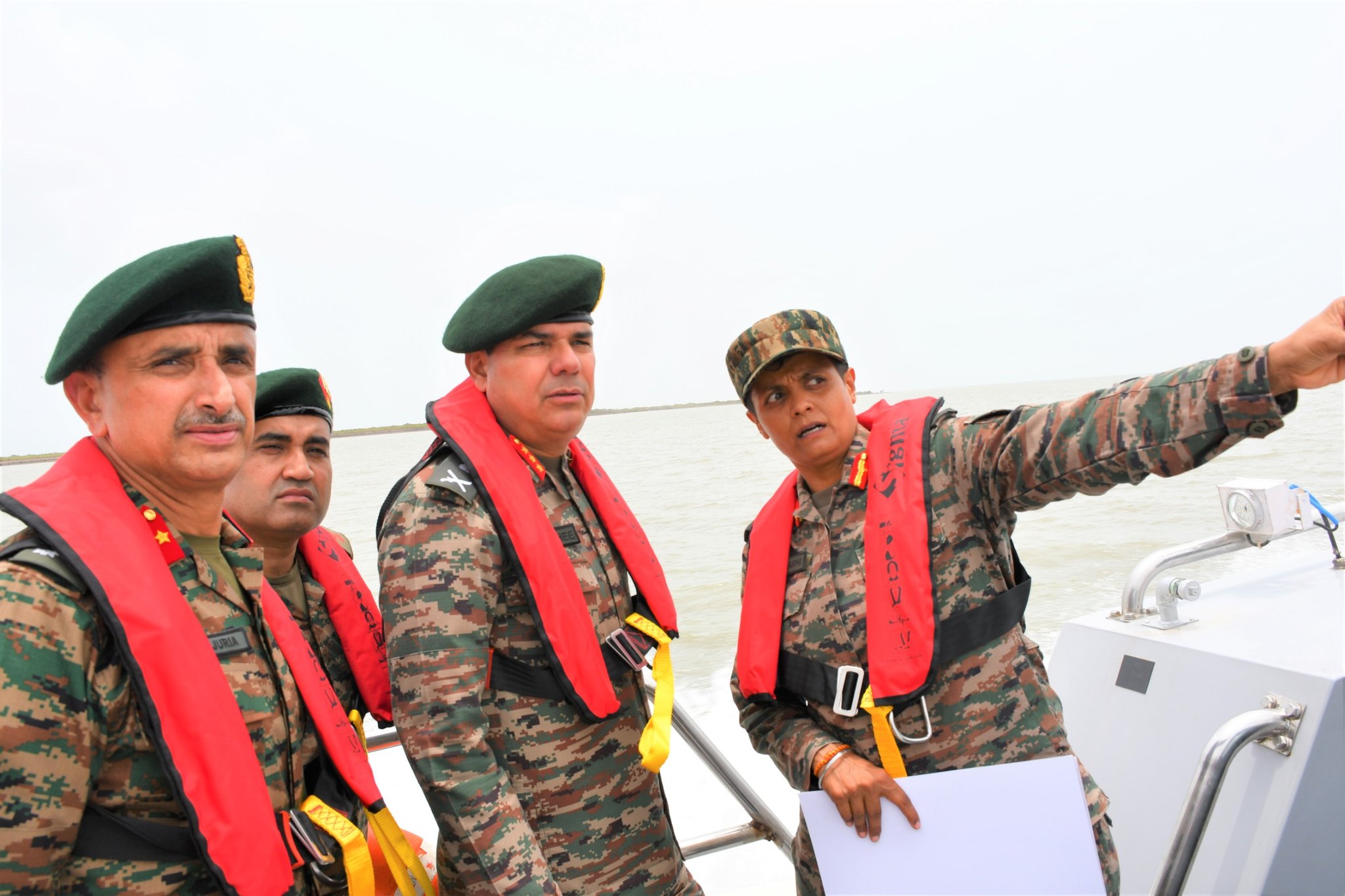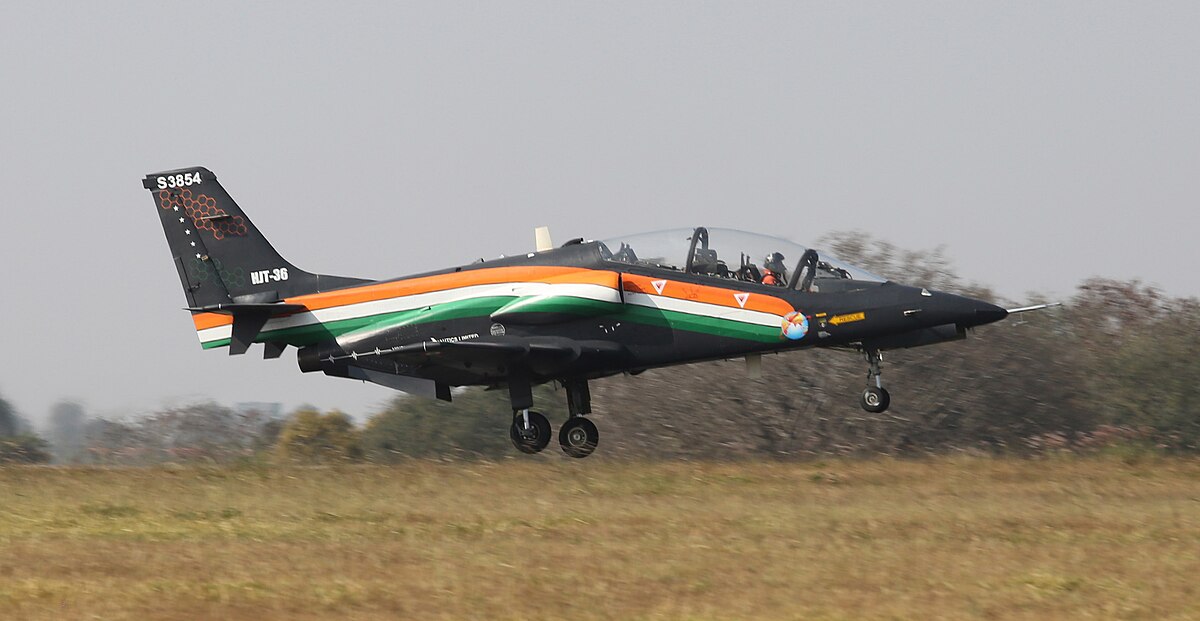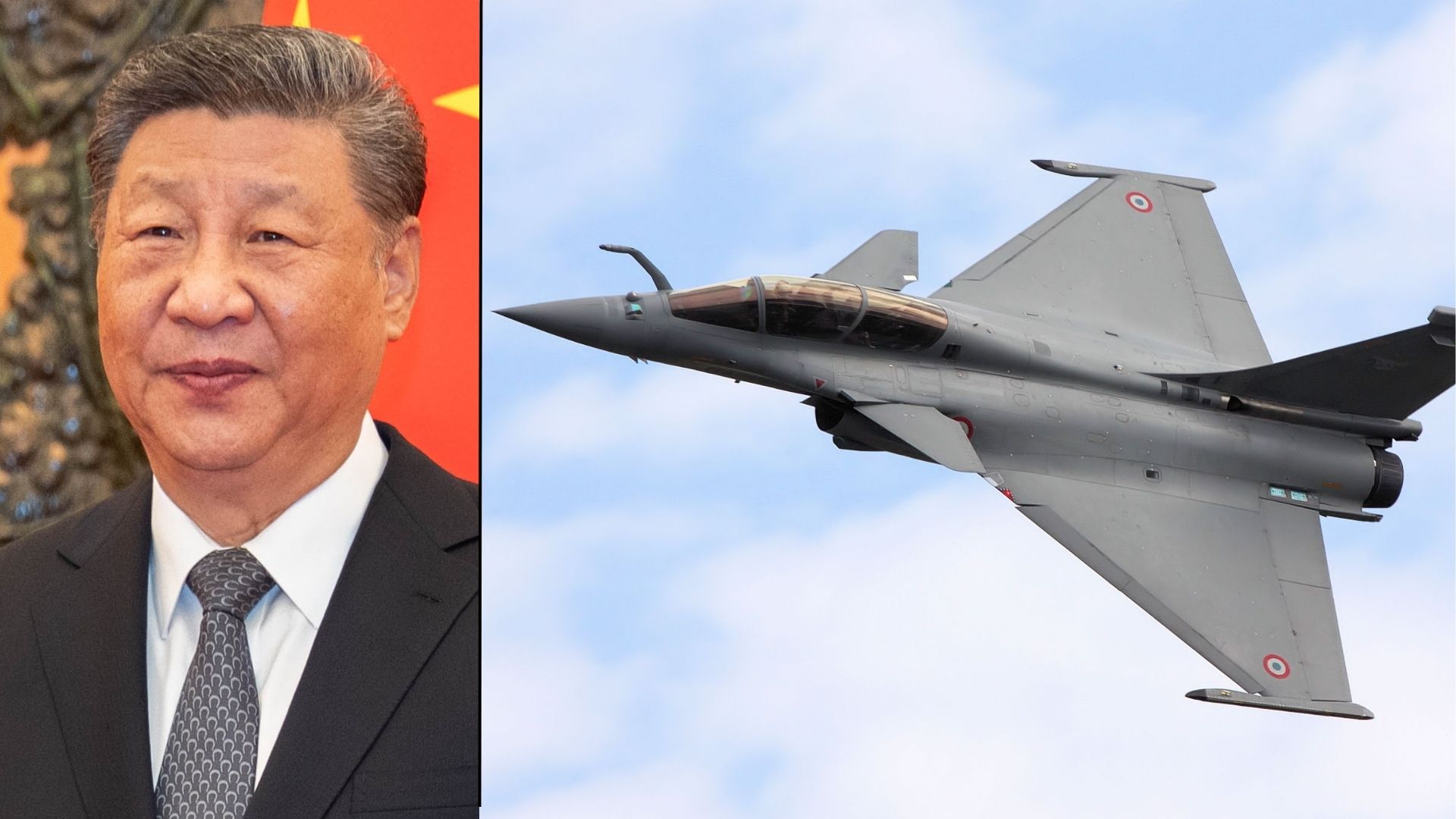Indian Army Doctors Perform Rare Artery Salvage Surgery at High Altitude in Leh
In a remarkable display of medical expertise under extreme conditions, the Indian Army’s Fire and Fury General Hospital in Leh…
Indian Navy’s Operation Sankalp Spotlighted in New Podcast “Meet Guardians of the Seas”
The Indian Navy’s flagship maritime security initiative, Operation Sankalp, has been brought into the public spotlight through a new podcast…
Lt Gen AVS Rathee Reviews Operational Preparedness of Bald Eagle Brigade in Rann of Kutch
Lieutenant General AVS Rathee, the General Officer Commanding of the Indian Army’s Konark Corps, conducted a comprehensive operational review of…
HAL to Lease HJT-36 Yashas to Indian Air Force for Pilot Training Evaluation
Hindustan Aeronautics Limited (HAL) is set to lease four upgraded HJT-36 ‘Yashas’ intermediate jet trainers to the Indian Air Force…
Indian Air Force Eyes Israeli Air LORA Ballistic Missile for Precision Long-Range Strikes
The Indian Air Force (IAF) is considering the acquisition of Israel Aerospace Industries’ (IAI) Air-Launched Long-Range Artillery (Air LORA) ballistic…
China Accused of Using Embassies to Undermine French Rafale Fighter Jet Sales
China is facing serious allegations from French intelligence agencies for orchestrating a targeted disinformation campaign aimed at damaging the reputation…






